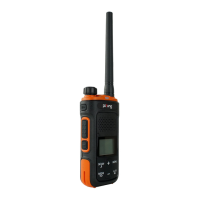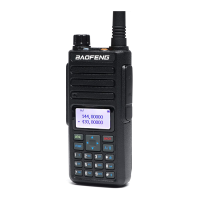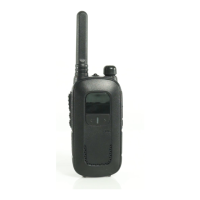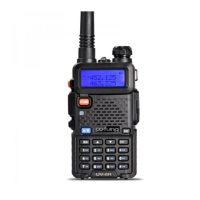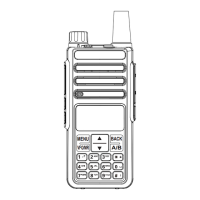PREFACE
Thank you for purchasing P11UV Two Way Radio, It is a multitask GMRS transceiver. Combining the
latest technology in radio communication along with a sturdy mechanical frame, P11UV is the ideal and
effective solution for the professionals who need to stay in touch with the working team (in
construction sites, buildings, shows, trade fairs or hotels) or for leisure users that just want to keep up
with friends and family.
This manual is applicable to the following product: P11UV,BF-UV11, GM-50, TH-88, AR-11X, UV11R and
G-11UV Two Way Radios.
IMPORTANT NOTICE:
To help you ward off bodily injury or property loss that may arise from improper operation, please read
all the information carefully before using our products. This contains instructions for safe usage and RF
energy awareness and control for compliance with applicable standards and regulation.
Safety Information for Pofung Radios
Your wireless handheld portable transceiver contains a low power transmitter. When the talk button is
pushed, it sends out radio frequency (RF) signals. The device is authorized to operate at a duty factor
not to exceed 50%. In August 1996, the Federal Communications Commissions (FCC) adopted RF
exposure guidelines with safety levels for handheld wireless devices.
